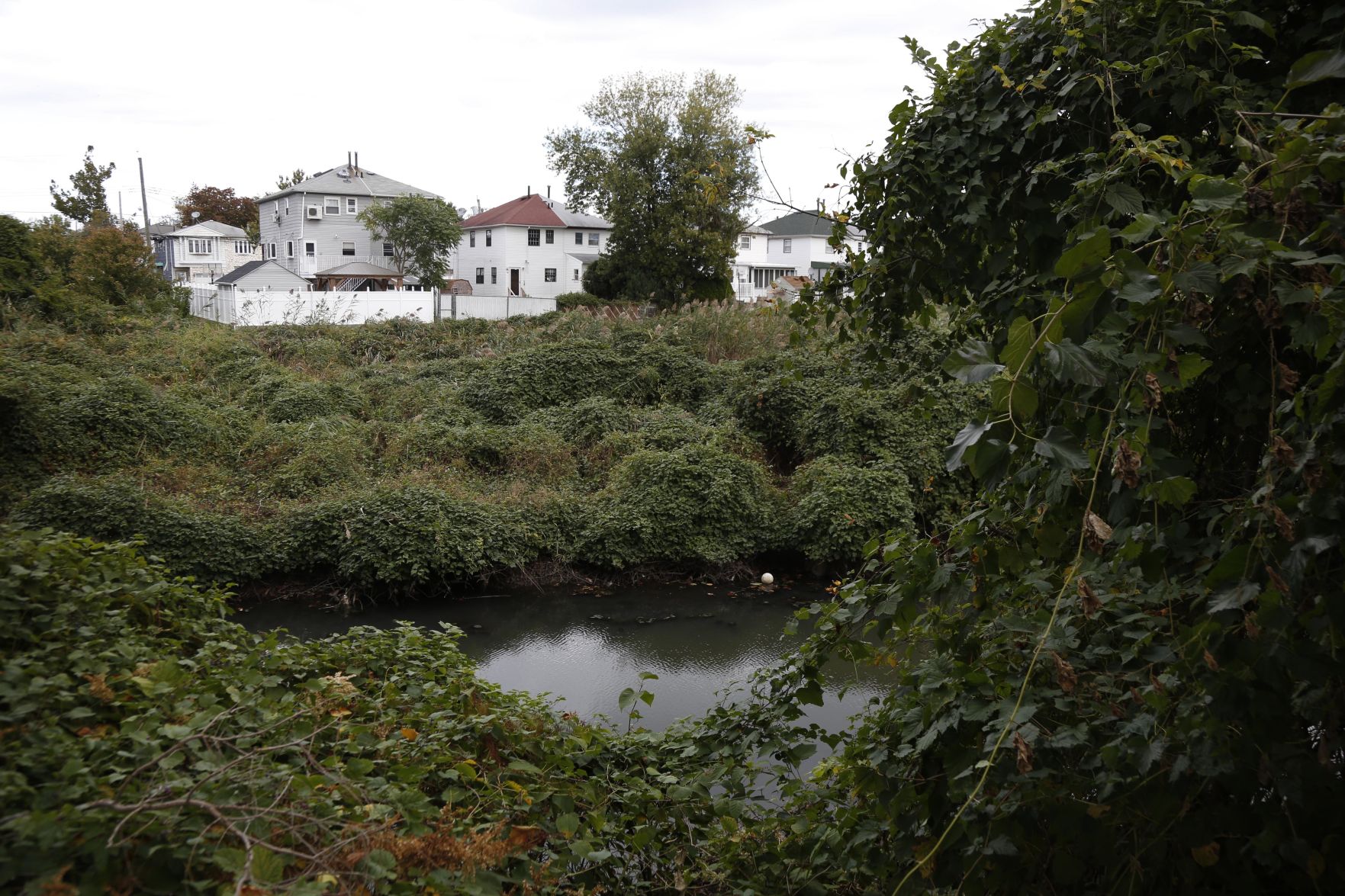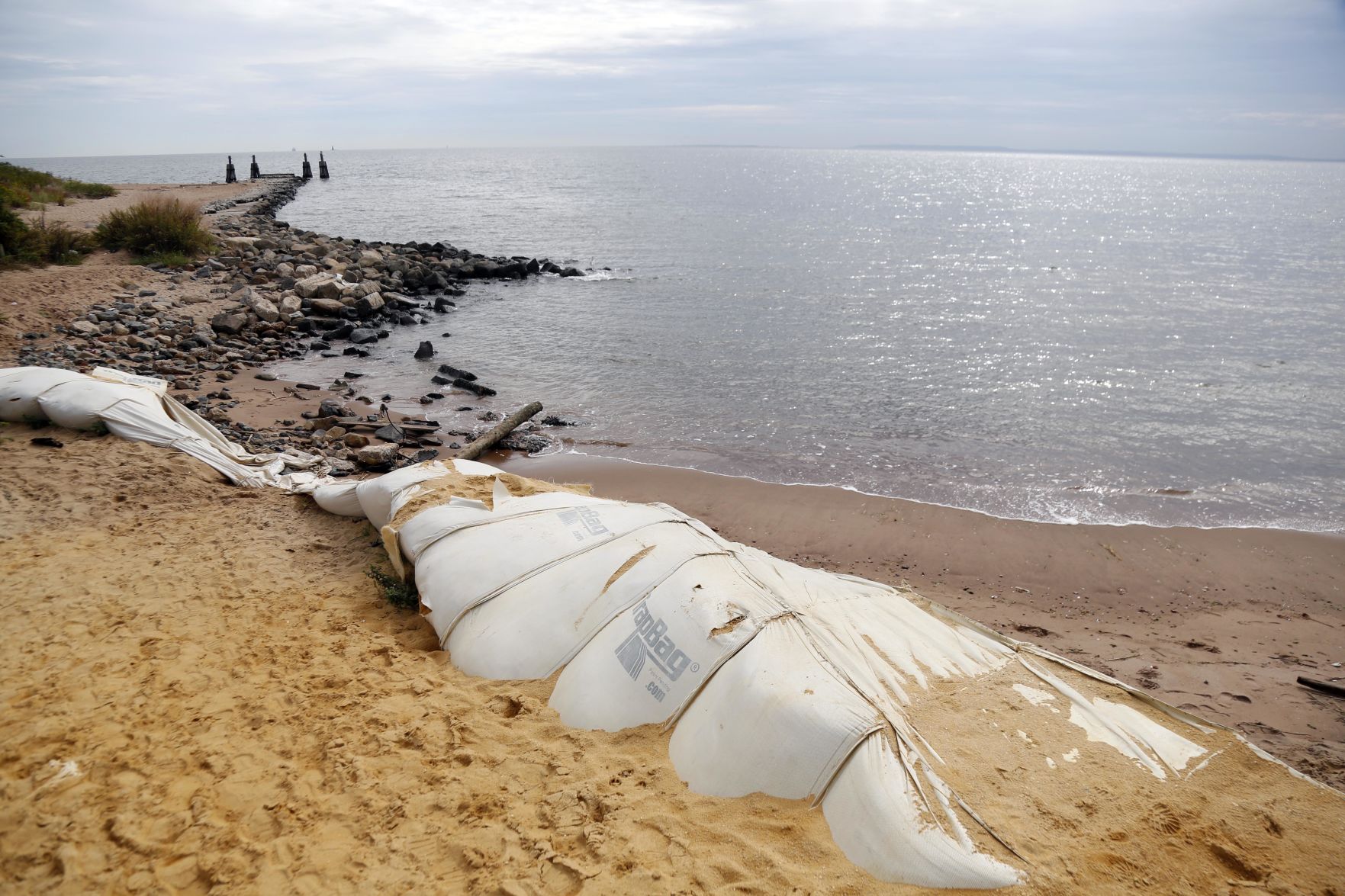5 years after Superstorm Sandy, the lessons haven’t sunk in



Five years after Superstorm Sandy was supposed to have taught the U.S. a lesson about the dangers of living along the coast, disaster planning experts say there is no place in America truly prepared for climate change and the tempests it could bring.
That is true even in New York and New Jersey, where cities and towns got slammed by deadly floodwaters that rose out of the Atlantic on the evening of Oct. 29, 2012, destroying homes, flooding tunnels and crippling the electrical grid.
Some coastal protection projects are moving forward, but the most ambitious ideas spurred by Sandy’s onslaught are still in the design stage, with questions about whether they will ever be built.
“It felt after Sandy as if we might have finally had our wake-up call. We’d start to take these things seriously,” said Eric Klinenberg, director of the Institute for Public Knowledge, a think tank at New York University. “We’d make the kind of investment in climate security that we made in homeland security after Sept. 11. But of course nothing of the sort has happened.”
———
BIG IDEAS
After Sandy, which was blamed for at least 182 deaths in the U.S. and Caribbean and more than $71 billion in damage in this country alone, a government-funded competition called Rebuild by Design produced audacious ideas for defending the coast.
One concept, dubbed The Big U, would create 10 miles (16 kilometers) of floodwalls, berms and gates around lower Manhattan. Other ideas include erecting breakwaters around Staten Island that would double as oyster beds, and reconfiguring the Meadowlands, the polluted wetlands of urban New Jersey, with berms and marshes.
The U.S. Department of Housing and Urban Development put up $1 billion to get those projects started, but construction hasn’t begun on any of them.
Amy Chester, Rebuild By Design’s executive director, said it will take years just to complete all the planning and gain government approvals and community support. And it’s not clear how much these projects will ultimately cost.
———
PROGRESS AND DOUBT
While the grandest ideas about post-Sandy protections are still far from reality, there has been progress.
Communities on the New Jersey shore built sand dunes to hold back surf, or fortified existing ones. Power companies and New York’s subway system have put flood protections around key infrastructure. Hospitals moved electrical equipment out of basements.
The Army Corps of Engineers is scheduled to begin construction in 2019 on a 5-mile-long (8-kilometer-long), 20-foot-high (6-meter-high) seawall and promenade that would run along New York’s Staten Island in front of the neighborhoods hit hardest by Sandy. The project, which is still being designed, has an estimated price tag of $600 million and is scheduled for completion by 2022.
Over the summer, Hoboken, New Jersey, a city of 50,000 people across the Hudson River from New York City, hired an engineering firm to carry out one of the Rebuild by Design concepts: a $230 million anti-flooding project, funded by HUD, involving floodwalls, pumping stations and water retention tanks. Construction is due to start in 2019 and take at least three years.
But Klaus Jacob, a Columbia University scientist specializing in climate change adaptation, said the pace is too slow.
“And if that snail’s pace continues,” he said, “there’s a good chance that we may have another severe storm in town or in the region that will outpace that slow pace of improving the systems.”
———
MONEY AND POLITICS
The huge cost of protecting the U.S. — easily hundreds of billions of dollars, perhaps even trillions — is obviously a major hurdle.
And some of the projects are politically fraught. New York and other cities, for example, have been reluctant to curtail coastal building or obstruct people’s views of the water. Also, the threat posed by climate change feels hypothetical to some.
Bill Golden, president of the National Institute for Coastal and Harbor Infrastructure, said worrying about spending too much is shortsighted, and he blames the inaction on “a misunderstanding of the new reality that we face.”
A study released Monday by an international team of scientists predicted that between 2030 and 2045, New York City could experience storm surges of over 7.4 feet (2.25 meters) every five years, primarily because of sea level rise. That’s up from every 25 years in recent decades.
———
NO RETREAT
After Sandy, New York and New Jersey bought and emptied 1,250 homes in areas it deemed too difficult to protect from floods. But most people in the wrecked communities returned, whether because they were skeptical of the risk, confident about the planned Staten Island seawall, or simply unwilling to say goodbye to their homes.
Some homes were rebuilt on elevated foundations or pilings. Others were restored to the way they were before Sandy, leaving them just as vulnerable.
Dexter Dugan, whose Staten Island home got 9 feet of water, took steps to make it more storm-resistant, including putting heating and electrical systems on the second floor.
“You live near the water, it’s going to flood,” he said.
———
For complete coverage of the five-year anniversary of Superstorm Sandy, go to https://www.apnews.com/tag/SuperstormSandy
———
This story has been corrected to show that the damage is more than $71 billion, not $65 billion.
